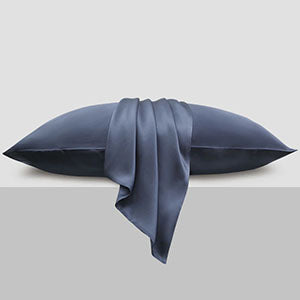Silk Scarf India: A Journey Through Heritage, Craftsmanship, and Timeless Elegance
- by wangfred
-

Imagine draping a piece of history around your neck, woven with threads of tradition and dyed in the hues of a vibrant culture. Silk scarves from India are more than just accessories; they are heirlooms of artistry, storytelling, and timeless elegance. From the bustling looms of Varanasi to the serene villages of Karnataka, every silk scarf carries the soul of its maker and the legacy of centuries. Let’s unravel the journey of these exquisite textiles and discover why they continue to captivate the world.
The Historical Tapestry of Indian Silk
Silk has been synonymous with India’s identity for over 4,000 years. Ancient texts and archaeological findings reveal that silk weaving flourished during the Indus Valley Civilization. The ‘Silk Route’ not only connected India to global trade but also introduced intricate techniques like jamdani and ikat to local artisans. Mughal emperors further elevated silk scarves as symbols of royalty, commissioning designs adorned with gold and silver zari (thread). Today, this heritage lives on in every handloom, preserving stories of empires, festivals, and everyday life.
The Art of Silk Weaving: Techniques Passed Through Generations
Creating a silk scarf is a labor of love. Here’s how India’s master weavers transform raw silk into wearable art:
- Sericulture: Silkworms are nurtured on mulberry leaves, producing cocoons that yield raw silk fibers.
- Dyeing: Natural dyes from indigo, pomegranate, and marigold create vibrant, eco-friendly colors.
- Weaving: Using handlooms or pit looms, artisans interlace threads into patterns like buttis (tiny motifs) or pallus (decorative borders).
- Embellishments: Techniques like embroidery, block printing, or zari work add final touches of opulence.
The Regional Palette: Silk Scarves Across India
India’s diversity is reflected in its regional silk varieties:
Banarasi Silk: Poetry in Thread
Hailing from Varanasi, Banarasi scarves are renowned for their gold brocade and Mughal-inspired paisleys. Each piece can take weeks to weave, often featuring motifs of peacocks or florals symbolizing prosperity.
Kanjivaram Silk: The Jewel of South India
Woven in Tamil Nadu, Kanjivaram scarves boast bold colors and contrasting borders. Their durability and glossy finish make them treasured gifts for weddings.
Assam Muga Silk: The Golden Treasure
Exclusive to Assam, Muga silk shimmers with a natural golden sheen. Scarves made from this silk are believed to become more luminous with age.
Silk Scarves in Modern Fashion: Versatility Redefined
Today’s fashionistas adore silk scarves for their adaptability:
- Neckties, headbands, or handbag accents for a chic look.
- Layering over dresses or jackets to add sophistication.
- Ethical fashion statements supporting slow, sustainable production.
Designers are also experimenting with minimalist geometric patterns alongside traditional motifs, bridging heritage with contemporary tastes.
Why Choose Indian Silk Scarves?
Beyond aesthetics, these scarves embody:
- Sustainability: Handloom practices consume less energy than mass production.
- Empowerment: Purchases support rural artisans, many of whom are women preserving family crafts.
- Cultural Legacy: Owning a silk scarf means safeguarding intangible heritage.
Caring for Your Silk Scarf
To maintain its luster:
- Hand wash in cold water with mild detergent.
- Air dry away from direct sunlight.
- Store rolled in muslin to prevent creases.
Whether you’re drawn to the regal Banarasi, the vibrant Kanjivaram, or the rare Muga, a silk scarf from India is an investment in beauty and history. These scarves don’t just accessorize outfits—they ignite conversations, celebrate craftsmanship, and carry the heartbeat of a nation where every thread tells a tale. Ready to wrap yourself in a masterpiece?












